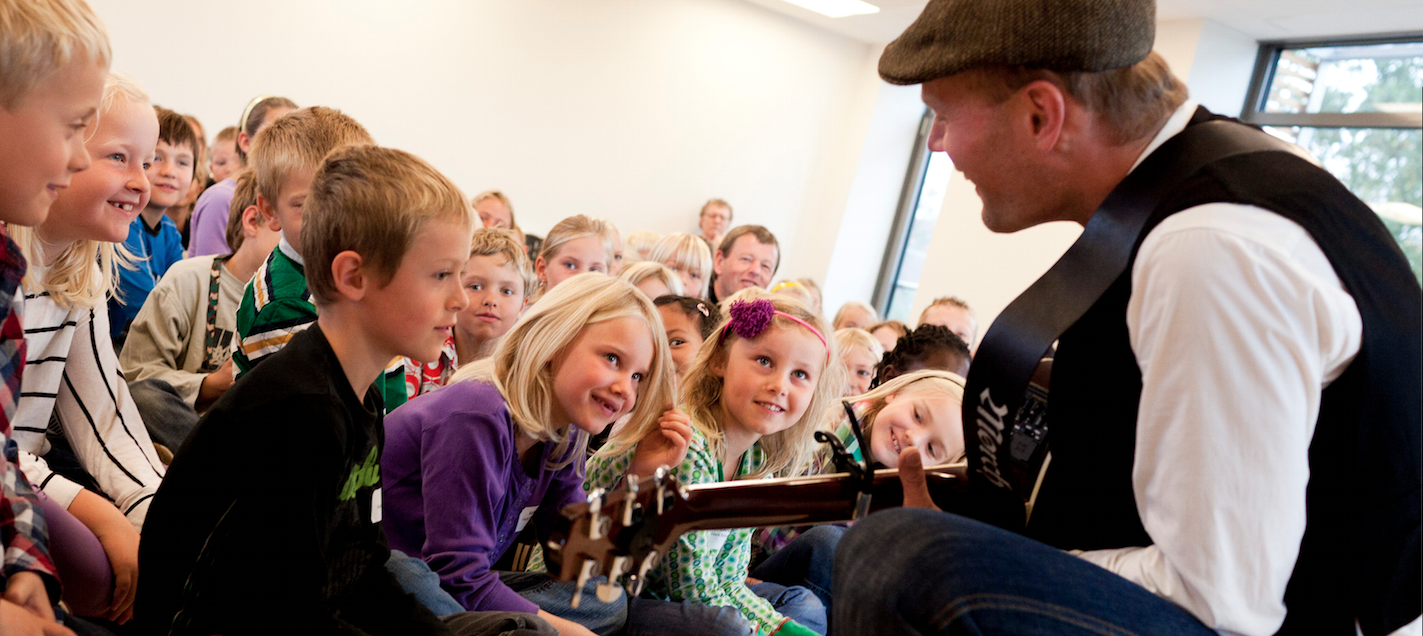The range of children's voices is a frequently discussed issue when involving them in singing activities during a school concert. It is important that any singing is placed in a key that is easily available to young voices, and within a range that does not require exceptional effort.
There are charts by various authors showing the average vocal ranges for children at different ages. Although their measurements are not uniform, one thing can be said for certain: children are once again hugely underestimated.
The following summary is perhaps closest to reality:
- infants and children up to age 3: g1 - c2
- preschool children: e1 - e2
- younger school children: c1 - f2
- age 10 to puberty: a - a2
Naturally, the listed ranges are only approximate. Ranges for individual children, especially in the upward direction, may differ significantly in relation to the tone formation method. (The range in the downward direction is limited by vocal cord length.)
Children's voices from approximately 7 years of age can be classified in the same way as female voices: into altos and sopranos. The singing exercises with both sopranos and altos can be identical, only the children's range capabilities must be considered. There is a non-written rule that the vocal range for children around the age of 8 for altos is approximately a to d2, and for sopranos approximately d1 to g2. The range can significantly improve with correct voice instruction.
In my own experience, younger school children may reach up to a three-octave vocal range with good voice instruction. Specifically: the range of a 7 year old boy was from b♭ to c3, while the range of a girl of the same age was b to d3.
I did meet one phonetician who claimed that it is not natural for young children to sing so high, but the fact that children often whoop and cry out in even higher pitch while they play is a strong counterargument (let me emphasize that by whooping I mean a freely formed, jubilant voice, not a child's forced shouting). For example, the boy already mentioned was capable of freely "whooping" the tone f4 while playing. Thus there is no reason to fear that singing a tone so much lower could damage his vocal cords.
Of course, one must be very careful when practicing; only lightly "touching" voice positions higher than g2 rather than staying on them for a longer time. One must also always take care to ensure that the child's throat remains relaxed.
Preserving free voice formation should always be top priority.
A child's voice develops gradually and naturally only if the tone is formed non-violently and without unnecessary force and pressure on the vocal cords.
Otherwise, various voice defects may arise and can lead to vocal cord damage.
Scott Rogers



Leave a Comment